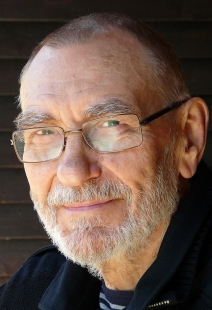
Veljo Tormis (1930–2017) belongs to the same generation with Arvo Pärt, Eino Tamberg, Jaan Rääts, Kuldar Sink and other Estonian composers that began convivially in the 1950s. This coterie started from neoclassicist works and continued by experimenting with modernist composition techniques in the 1960s. Western European music was innovated at the same period by Tormis’ coevals György Ligeti, Karlheinz Stockhausen, Mauricio Kagel, etc. Although Tormis has also written orchestral and chamber music and considerable works for the stage, it is the vocal music, especially choral works based on runo songs that constitute main part of his oeuvre. Tormis initiated a new regi song movement with his music that synthesizes folk tunes and modernist composition techniques – a movement that also has significantly influenced the extensive outbreak of ethno music since the 1990s. In addition to Estonian folk tunes, Tormis has paid attention to many vanishing peoples in his song cycles, aiming to preserve their languages. Thanks to him, Votic, Izhorian, Vepsian or Livonian languages are more likely to be heard today at the concert halls around the world than in their natural environment.



